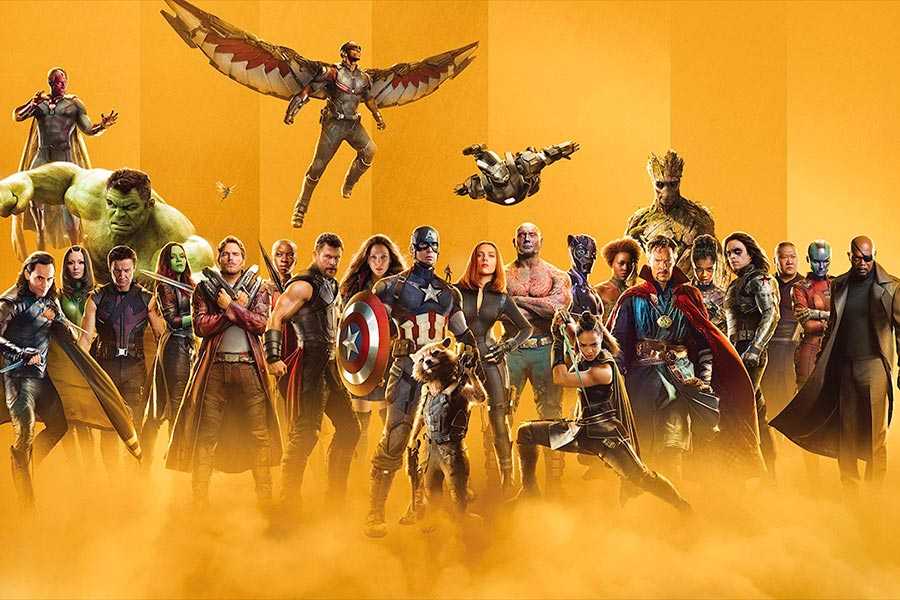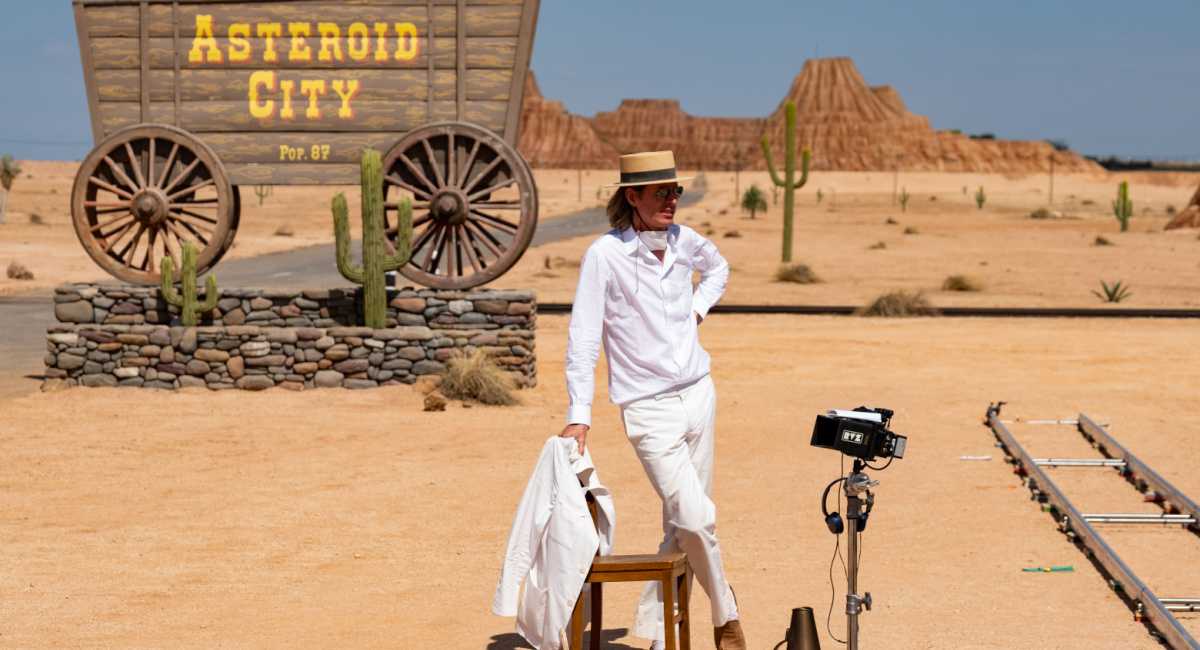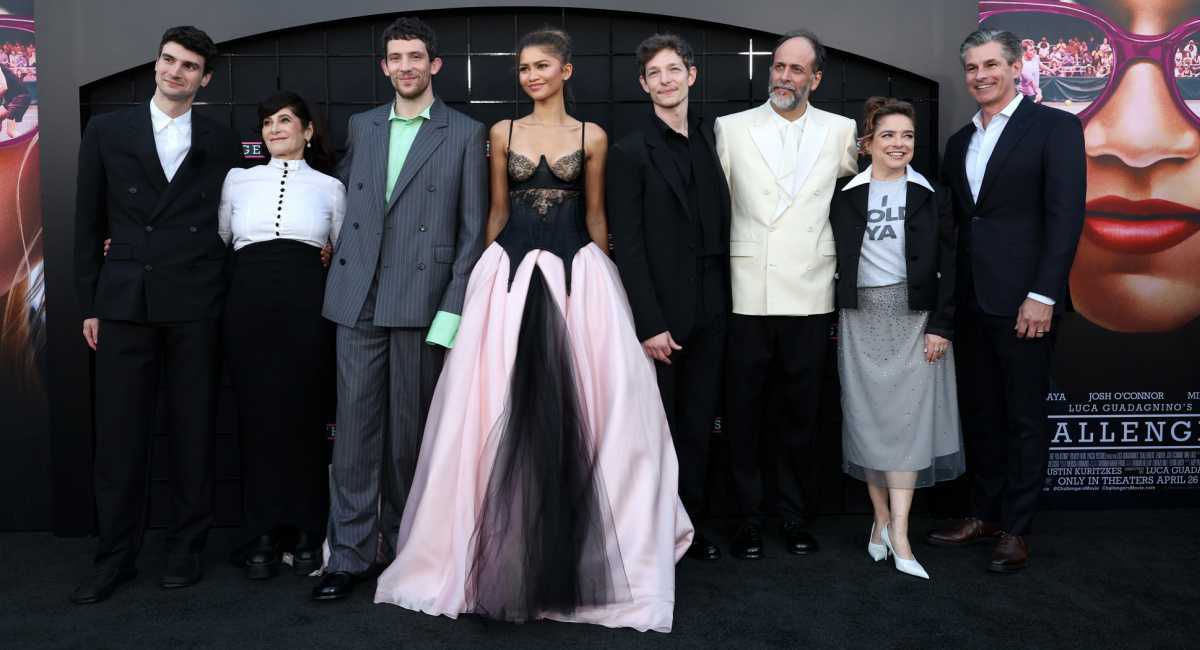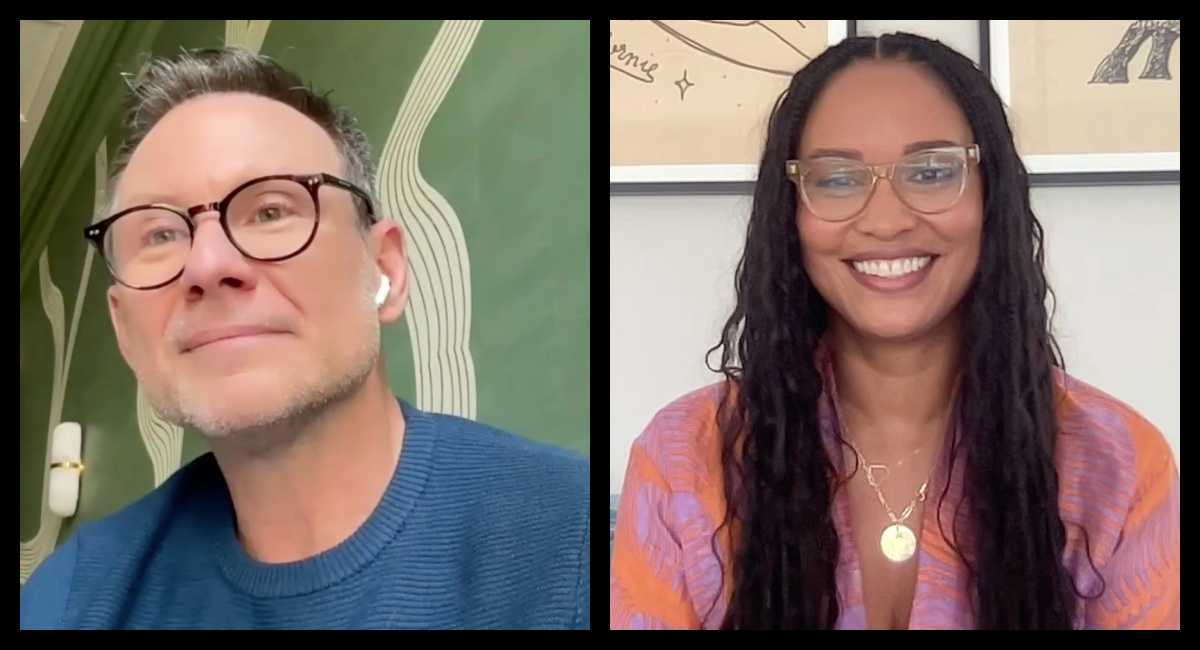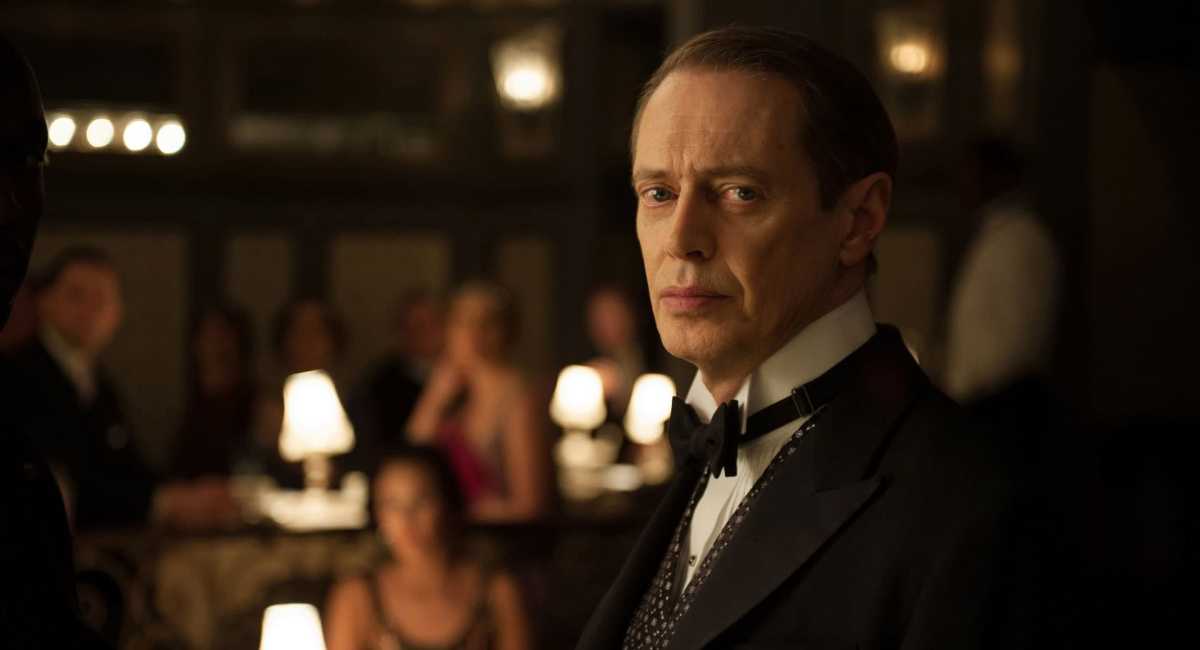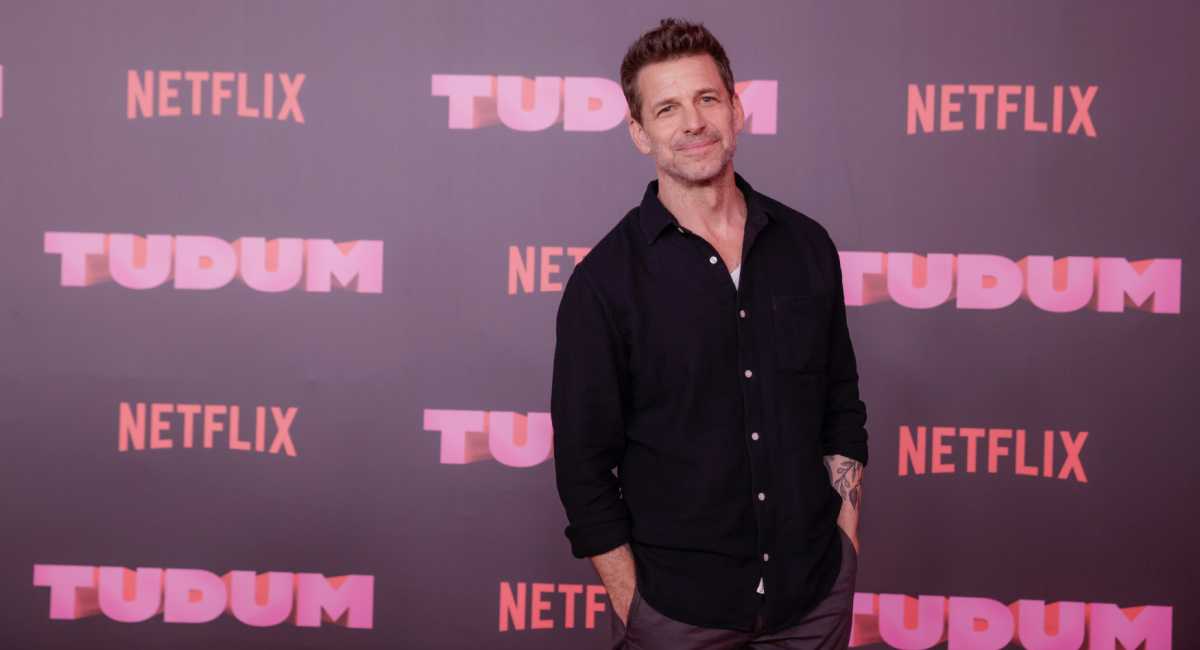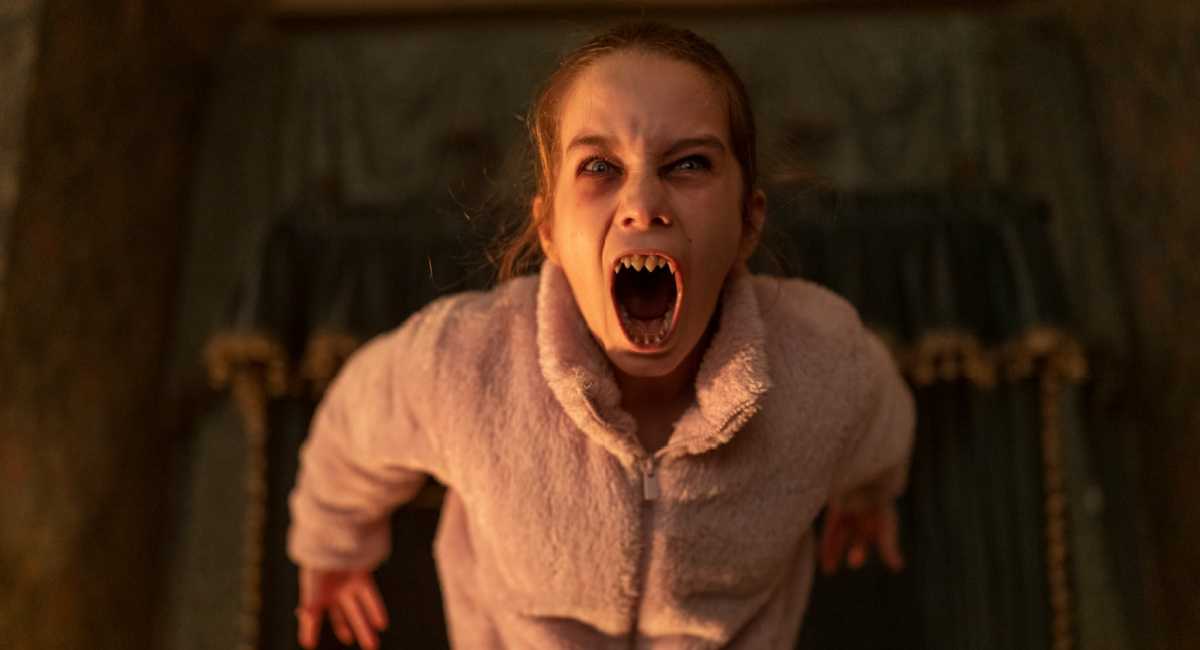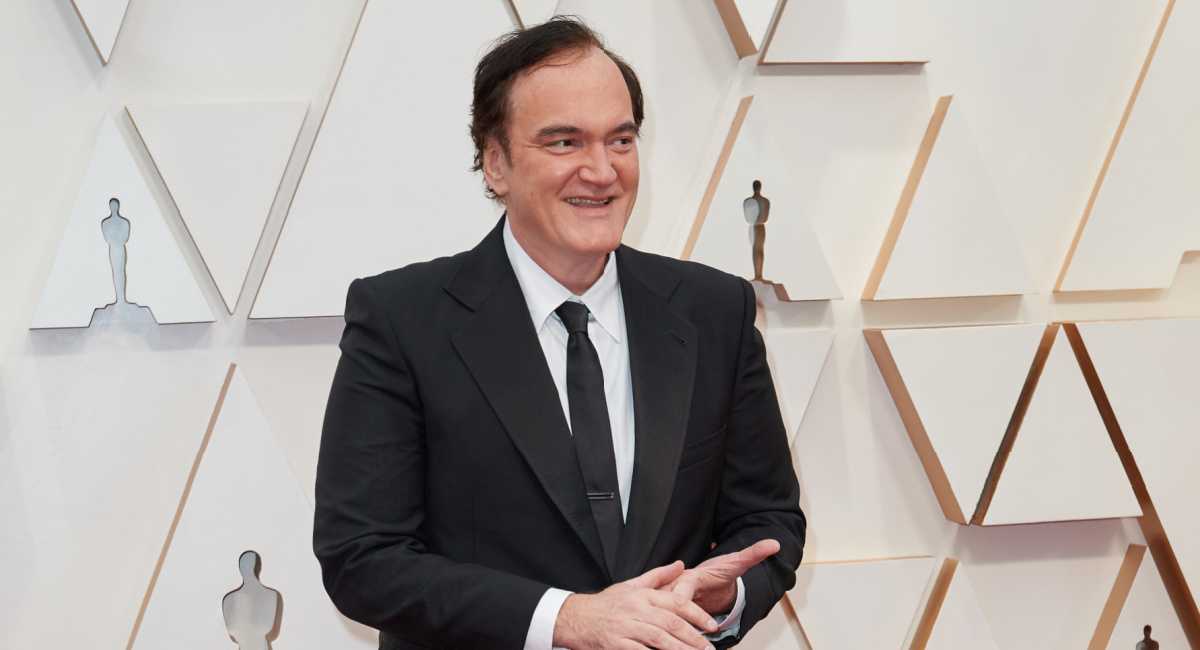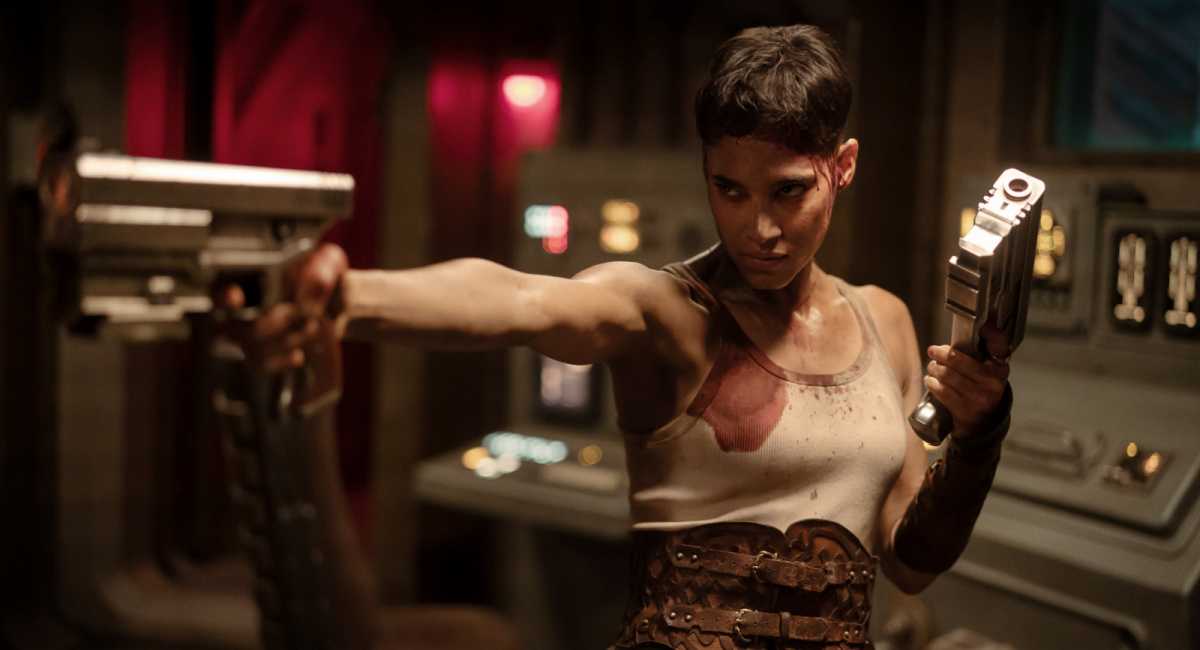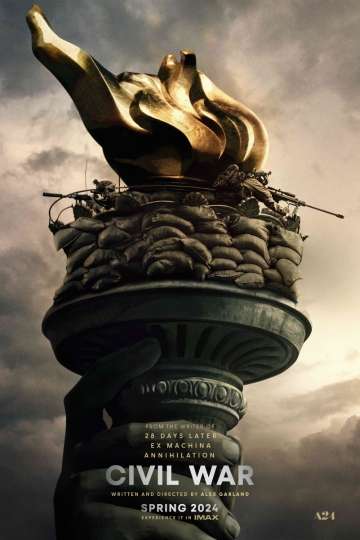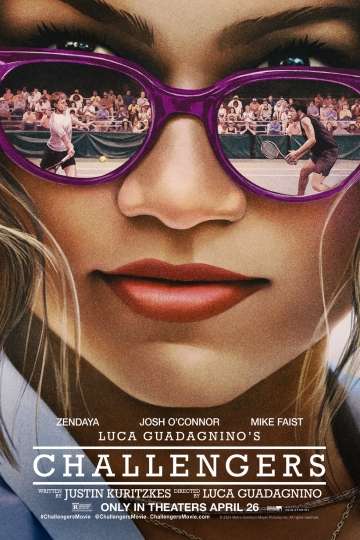'Coco' Filmmakers Reveal How They're Bringing the Day of the Dead to Life
If there is one thing that Pixar excels at, it's bringing audiences into worlds they've never experienced before.
After a steady stream of universe-building sequels (and "The Good Dinosaur"), the team from Pixar is ready to take you into another wholly-unique world with November's "Coco." The ambitious film tells the tale of a boy named Miguel (Anthony Gonzalez), who, through a series of crazy circumstances, winds up in the Land of the Dead (on the annual holiday of Dia De Los Muertos, no less). He's then got to race to reconnect with a long lost family member (Benjamin Bratt) and return to the land of the living before he winds up a skeleton, too. It's an incredible story, full of color and music and fun.
At a recent press event at Pixar, the studio screened about 35 minutes of the film for select media (and previewed a few more minutes throughout the following day) and I've got to say that it looks amazing. The film was directed by "Toy Story 3" filmmaker Lee Unkrich, one of the original Pixar members, along with co-director Adrian Molina, and the two have conjured up a world that is genuinely unlike anything you've ever seen before.
As part of the press event, I got to sit down with Unkrich, Molina, and producer Darla Anderson. We talked about all things "Coco" –- where the idea came from, whether or not it will wind up in Epcot, what the technical challenges were, and what it's like being partnered with a "Frozen" short ("Olaf's Frozen Adventure") during the theatrical run.Moviefone: It's always fascinating to hear about the arcs these movies take. What was the initial pitch for "Coco" like? And how has that changed through the five or six years of development?
Unkrich: The original pitch was a very different story than what we ended up with. It did have a boy as its main character, but -- beyond that -- it took us a while to figure out the story that we wanted to tell.
We knew we wanted to tell a story set against Dia De Los Muertos, we just didn't know what that story was. Interestingly, the very first idea that we developed was more from an outsider's perspective. It was about an American-born kid, who had an American father and a mother from Mexico, and the kid ended up going on a trip to Mexico to visit his Mexican family. I think some of that came out of the fact that I am not Latino myself, so my first inclination was to craft a story from the outside. And we went down that path for a while and we realized that we were telling a story that was antithetical to what Dia De Los Muertos is all about. We were telling a story that was all about a kid dealing with grief and learning to let go of the person he was grieving, and that's the opposite of what Dia De Los Muertos is all about; it's about this obligation to actively remember people and pass their stories along.
Anderson: And in remembering, they're with you.
Unkrich: So we reached a point where we stopped everything and started over. We ripped everything down to the studs and embraced the notion, since we're telling a story in Mexico, [to] tell the story of a Mexican family. That meant that we had to do that much more important research, and do trips to Mexico, and embed ourselves with Mexican families in order to confidently tell the story from that perspective.
When did the music aspect come into play? This seems to be the most heavily musical Pixar movie ever.
Unkrich: That came about the same time. The original idea of the movie wasn't particularly music-focused. It was when we did this reinvention that we came up with this notion of a kid who wanted to play music, and had this musical idol, but was growing up in a family that didn't allow music.
I remember the "diorama" you showed at D23 a couple of years ago. Where was that in the development process? How important was it for you to get that out there?
Anderson: It came about at a moment in time when there were folks available at the studio, which is awesome. There was this small window of opportunity. When you're making these original films, you're trying to figure out the language of the world. And how it might feel. And how we're going to deal with cloth simulation and skeleton design and the music. I think it's still, to this minute, the longest shot in Pixar history.
Unkrich: When we first announced that we were doing this film, there were a lot of people -- especially people who don't understand what Dia De Los Muertos is all about -- who would say things like: "Oh, Pixar is making their first horror film. It's going to be something scary." So we wanted to create a look-and-feel piece that had the tone that we were reaching for, which is why we made something so celebratory and colorful and full of music. It was to try and -- even though it's not a moment in the movie -- we created a piece that expressed the vitality that we wanted.
Have you found that it's been hard expressing what the movie is? There's so much to it -- so many characters and intricacies. I imagine that has been a challenge, just trying to convey all of that.
Molina: It has been a challenge because this film, in particular, is a Rubik's Cube of pieces. You know that you have a family and you have to set the rules of the actual world, but you've also got to set the rules of the fantasy world. You've got to navigate these characters into situations that move the movie forwards and you've got to set up a bunch of stuff at the beginning that'll pay off at the end.
Unkrich: All in a wrapper of something that has to be culturally specific.
Molina: So it has taken a long time. You also have to make sure that if people are familiar with the holiday, they're getting everything they need. And if they're not familiar with the holiday, they aren't getting left behind. So it's taken many revisions and many passes. But the feedback that we've been getting, now that the story is done and the animation is being completed, is that everyone seems to be getting the themes and the emotions and the connection to the characters.
Unkrich: Every time we'd screen the film, which was about every 12 weeks, we would put out an online, within the company, a questionnaire. We'd ask specific questions or ask them to rate different aspects of what they saw. It was all in an effort to see what they were understanding. You'd go too far one way, and people felt like it was too on the nose and they were getting a lecture, or you'd go too far the other way and people would be confused. So there was a lot of navigating that until we found the perfect middle ground.It's sort of amazing that it's all set in one night, because you're setting stuff up and it's immediately following through. I imagine that was a big challenge.
Unkrich: It was. Movies are all about the same length, but when you're telling a story over a large chunk of time, you can do a montage of somebody over the course of a summer experiencing things and living life. We couldn't do that.
Molina: No montages in this movie.
Pixar is a very closed ecosystem, but there are obviously other movies out there. How cognizant of things like "Book of Life" or "Corpse Bride" were you?
Unkrich: We tried to be aware of what was out there that was in the same airspace as us. We didn't know about "Book of Life" for the first couple of years that we were working on this. That caught us by surprise. But when we started seeing images from it early on, we saw that we were doing something very different, visually, from what they were doing. We were nervous about what their story was. So we were all very relieved when we saw the movie and realized they were telling a very different story than we were. There were, of course, common visual elements. I've heard online, "Oh, they're doing stuff that looks like 'Kubo.'" Some of these things... there's just stuff in the ether and it aligns. We're all trying to be original and we're all trying to do our own things but, at the end of the day, there are some little unplanned similarities between all of these films. But they're all minor visual things and we're all telling such different stories from each other.
It's interesting because you're seeing different aspects of the holiday, even.
Unkrich: For sure. And Tim Burton has done a lot with animated skeletons in many different films and we made a conscious effort to try to carve out our own space and do something visually that was very separate from what he's done.
I love the story you told about being inspired by the Mexico Pavilion at Epcot. Have you thought about putting the characters in that space?
Unkrich: I guess we'll see how the movie does.Every Pixar movie comes with a set of unique technical challenges. Was there anything that turned out to be easier than you thought, or something that was more difficult?
Anderson: What was easy?
Molina: Well, easier than we thought ... I will say that I'm always impressed by the simulation. So much of the beauty of this movie is in the clothing, the layers of clothing, the movement of the clothing. I thought, what little I know about simulation, that that would be a big challenge but the simulation completely rose to it and impresses me with every review.
Unkrich: I'm trying to think of anything. Like on "Toy Story 3," the hardest thing was the garbage bags. Just those plastic garbage bags, they turned out to be a huge pain. Just to make them look natural was a lot of work. It was crazy because you look at it and it's just like, "It's just a garbage bag." I'm trying to think if there was anything like that on this. I mean, from day to day, I'm just so surprised because there are things that I think are going to be difficult that actually end up being pretty easy for people to do.
Molina: Guitar straps are hard.
Unkrich: Yeah -- the guitar strap ended up being really hard. Miguel is already wearing two layers of clothing. There was a time in CGI when that would have been unthinkable. Miguel's got on a T-shirt and his hoodie over that. Then we're talking about a guitar strap on top of that. So it's multiple layers of interaction of cloth. In live-action, you wouldn't think about that at all. But in computer graphics it's a lot more difficult to deal with.
Can you talk about being partnered with the "Olaf's Frozen Adventure" short?
Unkrich: We've seen the "Frozen" short and the thing we were pleasantly surprised to see is that they do fit well together.
Molina: They inhabit the same thematic airspace from this idea of "what are your family traditions and how does that bring you closer together as a family?" It's a perfect pairing, when you see them in conjunction.
"Coco" hits theaters on November 22.

Coco
Despite his family’s baffling generations-old ban on music, Miguel dreams of becoming an accomplished musician like his idol, Ernesto de la Cruz. Desperate to... Read the Plot



